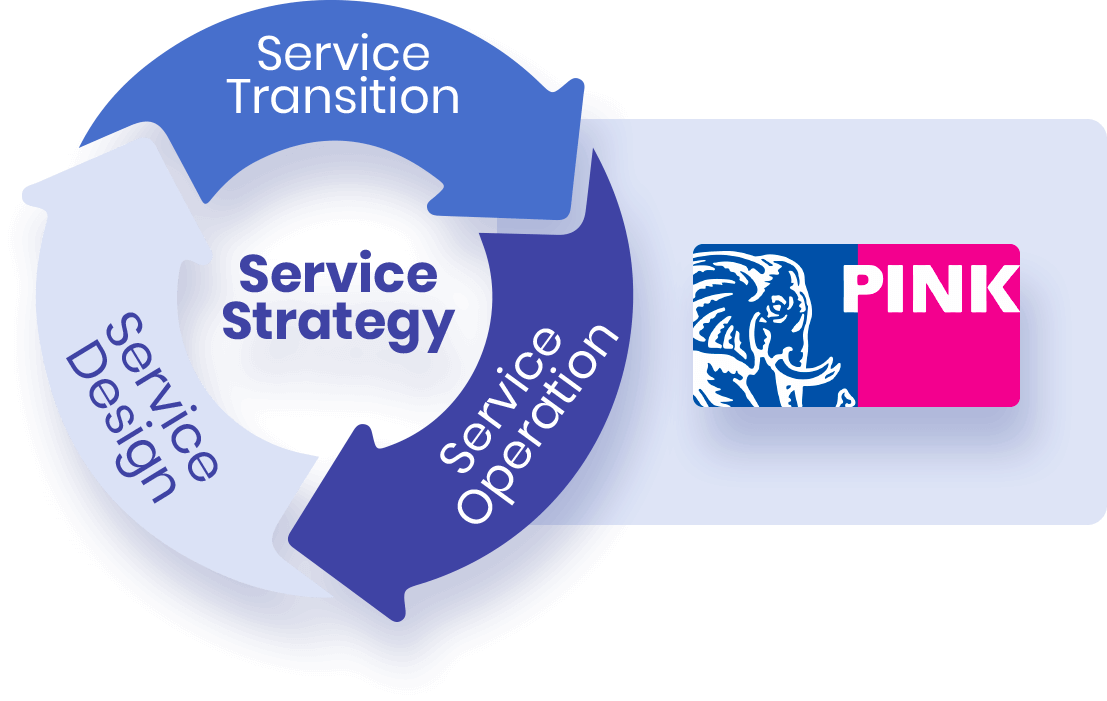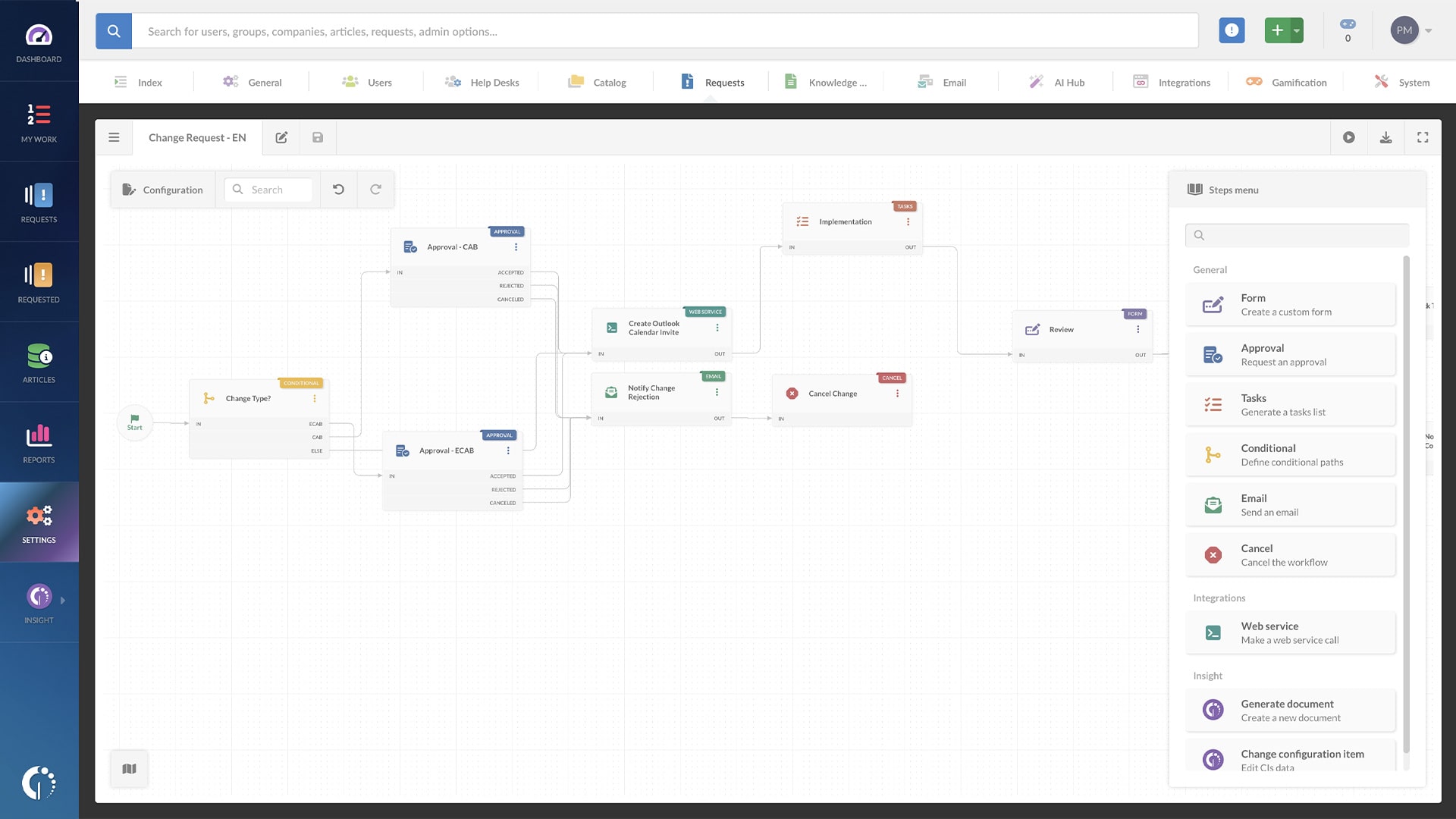Embrace Change, While Managing Risk
Easily manage and implement changes with InvGate Service Management. Our powerful workflow builder and automation capabilities make it simple for you to assess the impact, risk, and urgency of changes, prioritize and approve, and coordinate their implementation, all in a controlled and efficient manner.
ITIL Certified Best Practices
InvGate Service Management’s change management capabilities have a workflow and automation as their backbone. This takes each request for change (RFC) from logging, through assessment (including the change advisory board (CAB) where needed), to change authorization and the release management process. InvGate supports this through making the required data and information available and providing insight into RFC progression.

All-In-One ITSM Solution
InvGate Service Management is a single ITSM solution built on a single technology platform such that the change management module just works with other ITSM capabilities such as incident, problem, and configuration management. For example, the parties considering a RFC can look to incident, problem, and configuration management data to understand the risks and potential impact associated with it.

Change Management Analytics
As with all InvGate Service Management modules, change management is supported by a full reporting and analytics suite that allows change managers and senior management to understand how well the change process is performing – from RFC logging through to change approval. These capabilities also meet governance needs around change control such as audit trails.

Discover other Service Management features
Everything you need to provide outstanding service.
Ticket Management
Manage your incidents
AI-Powered
Enhance support efficiency
Self-Service
Encourage self-help
Workflows
Improve IT efficiency
AI Virtual Agent
Conversational ticket resolution
Analytics
Analyze your efforts
Knowledge Base
Build and share knowledge
Change Management
Better manage change
Problem Management
Get proactive
Automation
Automate support processes
ITIL
Employ best practices
SLAs
Prioritize IT operations
Gamification
Improve team productivity
Multiple departments
Extend outside IT
